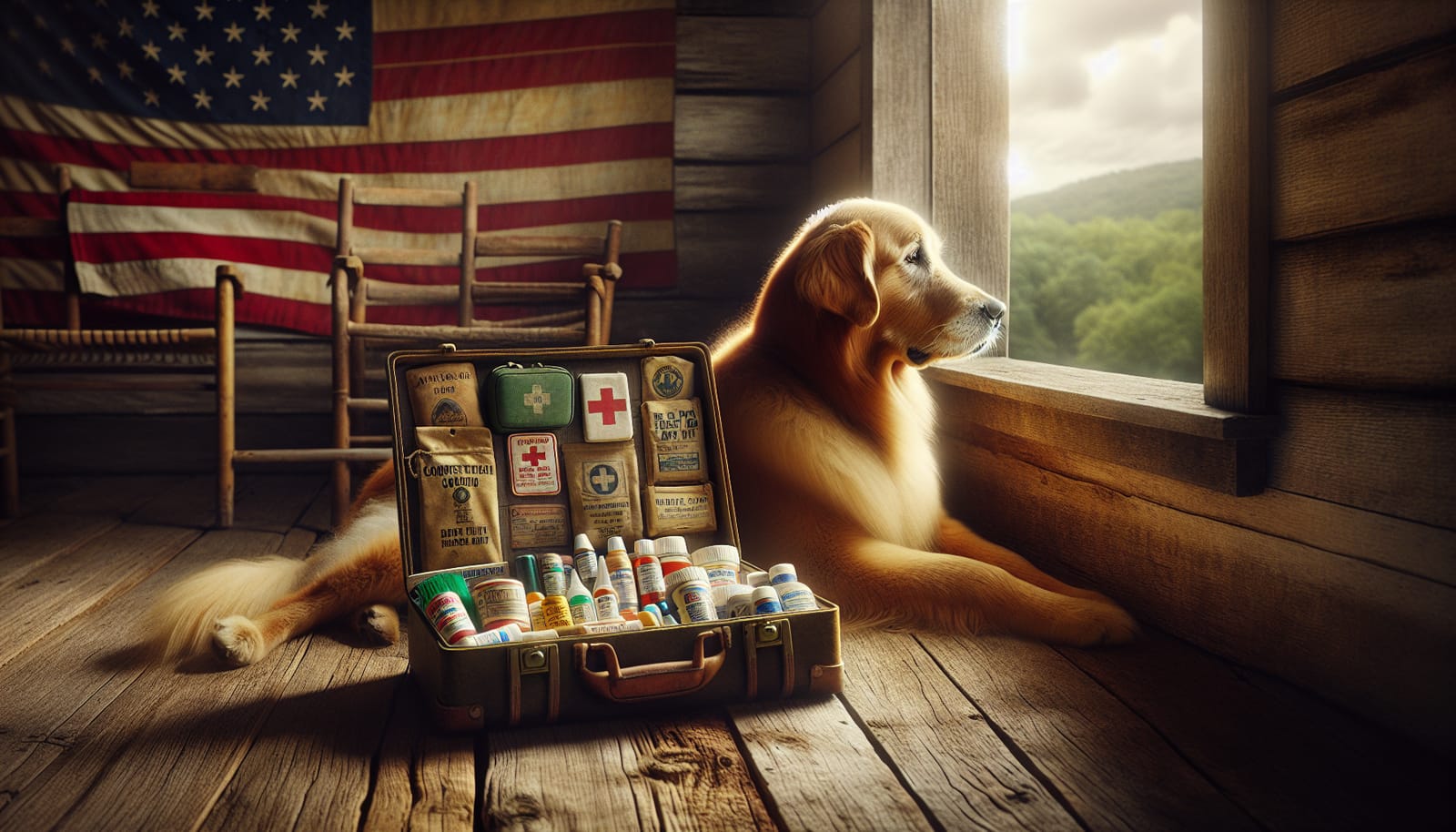As pet parents, we cherish the joy and companionship that our furry friends bring to our lives. But amidst the laughter and cuddles, emergencies can arise. Just like we equip ourselves with first aid kits for our families, having a well-stocked first aid kit for our pets is just as crucial. In this guide, we'll explore the must-haves for a complete pet first aid kit, ensuring you're prepared for any situation and can keep your beloved companions safe and healthy.
Understanding the Importance of a Pet First Aid Kit
A pet can encounter various situations that may require immediate medical attention, from minor injuries like scrapes and cuts to more serious issues like allergic reactions or poison ingestion. Having a first aid kit readily available can make all the difference in how quickly and effectively you can respond to these emergencies.
Not only does a pet first aid kit help you manage minor illnesses and injuries, but it also gives you peace of mind knowing that you’re equipped to handle emergencies. It’s essential to familiarize yourself with the items in your kit and how to use them correctly.
Essential Items for Your Pet First Aid Kit
Creating a comprehensive first aid kit for your pet doesn’t have to be overwhelming. Here’s a detailed list of items you should include:
1. Bandaging Materials
- Gauze Pads: These can be used to cover wounds and absorb blood.
- Adhesive Tape: Great for securing gauze or splints in place.
- Self-Adhesive Bandages: These are ideal for wrapping around limbs without sticking to the fur.
2. Antiseptics and Ointments
- Antiseptic Wipes or Solution: A must-have for cleaning wounds before bandaging.
- Antibiotic Ointment: Helps prevent infection in minor cuts and scrapes.
3. Scissors and Tweezers
- Scissors: Use these to cut bandages or fur away from wounds.
- Tweezers: Essential for removing splinters, ticks, or foreign objects from your pet’s skin.
4. Thermometer
A digital thermometer specifically designed for pets can help monitor your pet’s temperature in case of illness. The normal temperature for dogs and cats is between 100.5°F to 102.5°F.
5. Disposable Gloves
Wear these when treating your pet to maintain hygiene and protect yourself from any potential infections.
6. Muzzle
In case your pet is in pain or frightened, a muzzle can keep both you and your pet safe while you provide care. Choose a soft muzzle that allows for panting and drinking.
7. Emergency Contact Information
Keep a list of emergency contacts, including your veterinarian, nearby emergency animal clinics, and the ASPCA Animal Poison Control Center hotline. Having this information handy can save precious time in a crisis.
Additional Supplies for Specific Situations
Depending on your pet's needs and environment, consider adding these items to your first aid kit:
1. Cold Pack or Heat Pack
A cold pack is useful for reducing swelling or easing pain from sprains, while a heat pack can help relax tight muscles or alleviate discomfort.
2. Saline Solution
Ideal for flushing out wounds or debris from your pet’s eyes, saline solution is a versatile addition to your kit.
3. Pet-Specific Medications
If your veterinarian has prescribed medications for your pet, keep those in your first aid kit. Always include instructions on how to administer them.
4. Pet First Aid Manual
Having a pet first aid manual or guide can help you remember how to handle specific situations. Knowledge is power, and being informed can make all the difference.
Regular Maintenance of Your First Aid Kit
Once you’ve assembled your pet first aid kit, it’s essential to maintain it regularly. Check your kit every few months to ensure that supplies are stocked and that nothing has expired. Replace any used items promptly so you’re always prepared for any situation.
Seasonal Considerations
Some items may be more relevant during specific seasons. For instance, if you live in an area where ticks are prevalent during warmer months, ensure you have tick removal tools in your kit. Similarly, during winter, consider adding paw balm to protect your pet’s paws from ice and salt.
Conclusion: Be Prepared, Be Proactive
As pet lovers, we want nothing but the best for our furry companions. Having a complete first aid kit is a proactive step in ensuring their health and safety. Remember, while we can’t predict when an emergency will happen, we can prepare for it. By equipping ourselves with the right tools and knowledge, we can respond effectively and confidently when our pets need us the most.
Creating a first aid kit is not just about gathering supplies; it’s about being responsible and showing your love for your pet. With a well-stocked kit and a little knowledge, you can be the hero your pet needs in times of distress.
So, gather those supplies, educate yourself on their uses, and enjoy the peace of mind that comes from being a prepared pet parent. Your furry friends will thank you for it!

